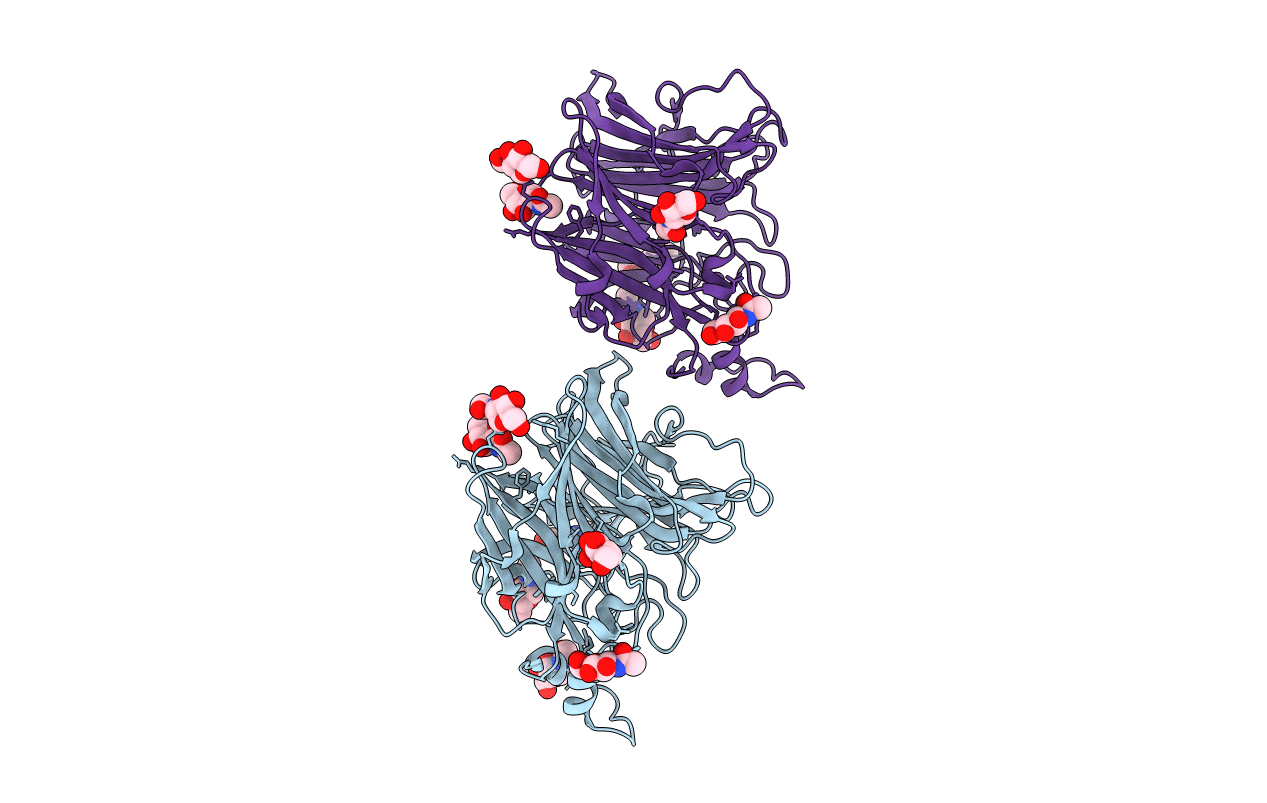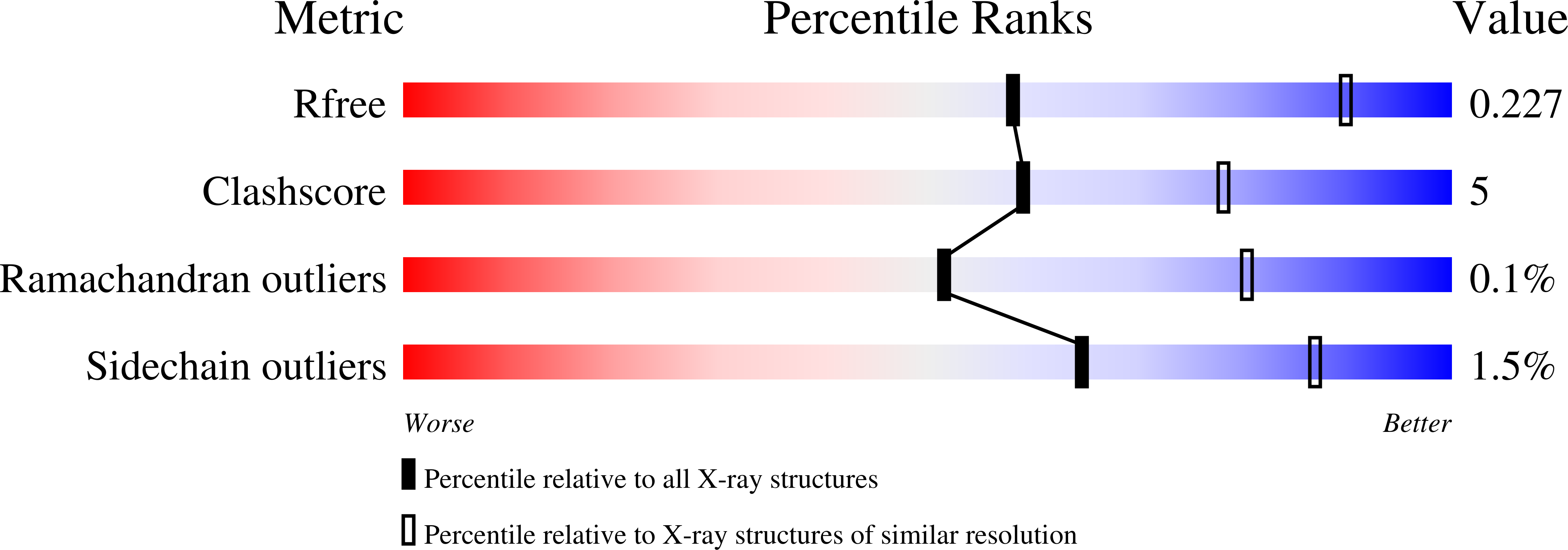
Deposition Date
2019-11-19
Release Date
2019-12-18
Last Version Date
2024-11-13
Entry Detail
PDB ID:
6THB
Keywords:
Title:
Receptor binding domain of the Cedar Virus attachment glycoprotein (G)
Biological Source:
Source Organism:
Cedar virus (Taxon ID: 1221391)
Host Organism:
Method Details:
Experimental Method:
Resolution:
2.78 Å
R-Value Free:
0.22
R-Value Work:
0.20
R-Value Observed:
0.20
Space Group:
P 65


